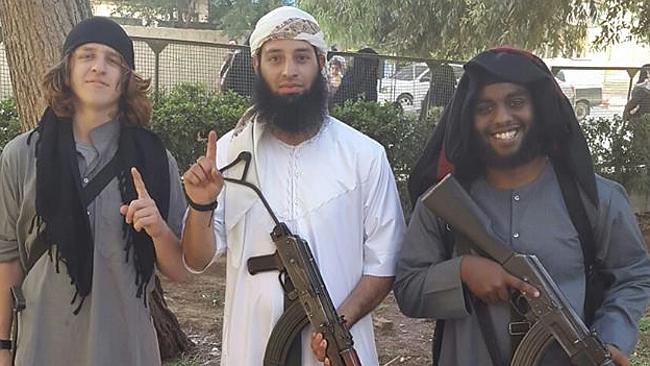We believe the Iranian regime must be changed. NTCM also consists of ex-High Ranking members of MEK and National Council of resistance NCRI, who have been victims of suppression and sexual abuses by terrorist-cult MEK leaders, Masoud and Maryam Rajavi. We help MEK's victims (Women, Men and Children) to recover and report about it. We disclose the strategy set forth by the MEK cult to deceive the world about their real goals and nature, which is to bring down the Western Civilization and its Culture, by pretending to be liberals, freedom loving, women’s right advocates, and even against fundamentalism to utilize all the resources in the West to gain power, then comes as Rajavi puts it "Mek’s Glorious Victory to bring down the corrupt West". NTCM defends Democracy and Human Rights and strongly condemns terrorism in all its forms and under any excuse backed by any religion and their destructive theories by disclosing their atrocities.
info@nototerrorism-cults.com

